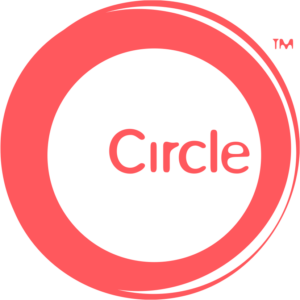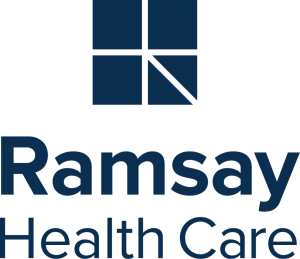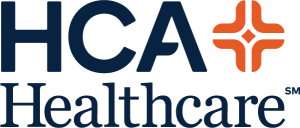What are our animations?
Having an operation can be stressful for patients and fear of the unknown may create feelings of anxiety. Animations have been shown to improve patient understanding, so they can have confidence they’re fully informed of what their procedure involves. [1]
Using photo-realistic rendering, we’ve created a set of clear and informative animations which gives the patient details of what will happen in their procedure. Our animations library contains a range of models of varying ages, genders and ethnicities. In a recent study it was found that patients retain information from medical animations better when they contain narration they can understand. [2]
Each of our animations feature narration in clear and simple language by a professional voiceover artist. Territory specific narration is also available for different regions.











